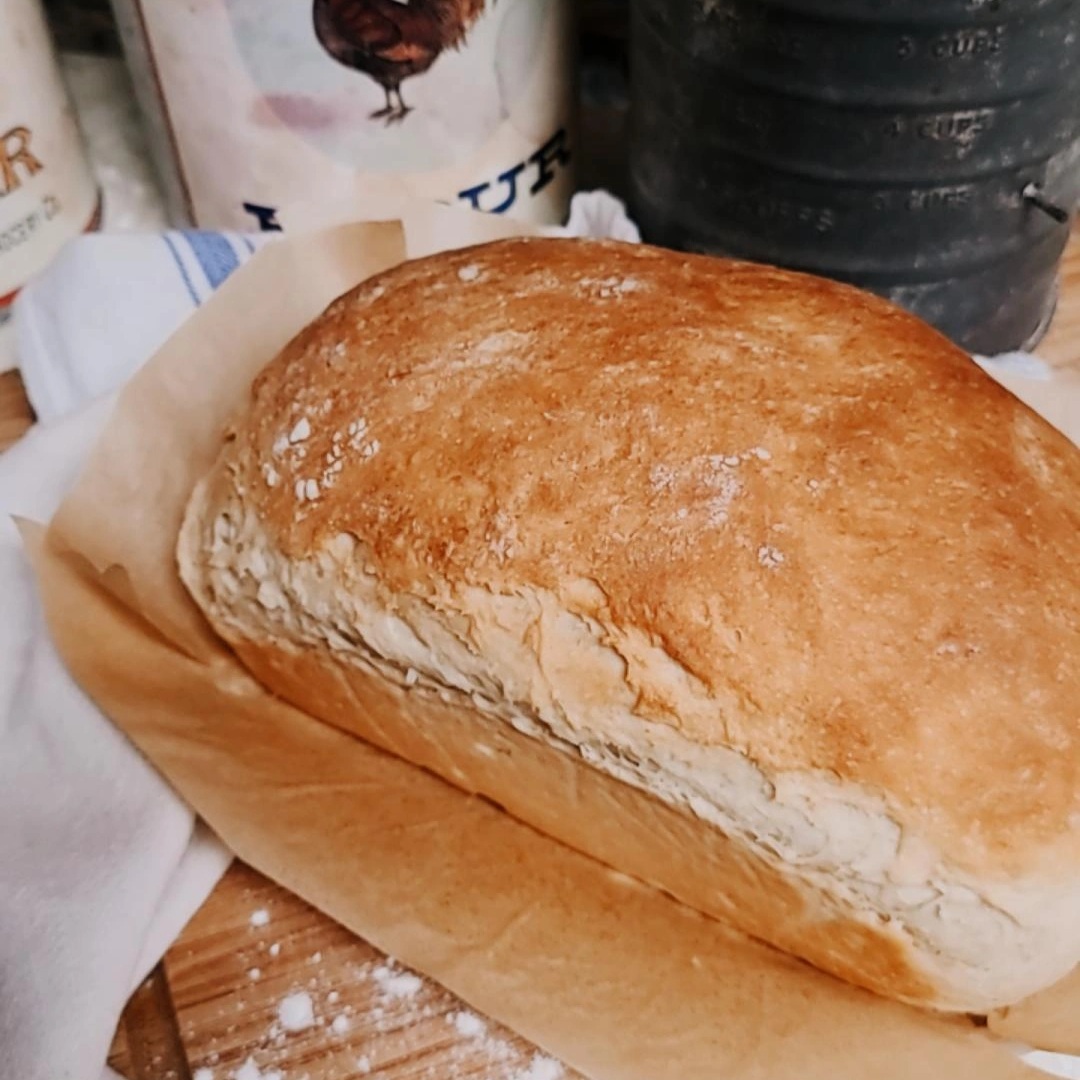The Wonderful World of Wheat

And let them gather all the food of those good years that come, and lay up corn under the hand of Pharaoh, and let them keep food in the cities. – Genesis 41:35

Why Store Wheat?
Now they say corn in the above scripture. But when thinking in terms of GRAINS we have to remember what was the main crop of their time? What is the main crop of our time? Depending on the continent such as rice in Asia, corn in South America, or wheat in the heartland of the U.S. we all depend on grains.
So when I say why wheat, this is why, it is readily available and affordable, for the time being. Versatile, look how many items in your home have wheat in them. And can easily be stored for long periods of time, if stored properly. But for a select few wheat may not be an option. For them, I would definitely look at storing up Sorghum, Quinoa, Oats, Buckwheat, Amaranth, Teff, Corn, or Brown Rice. All of which can be made into flour for baking and used in cooking healthful and filling meals.
I would recommend looking at what your families eat the most and adapting your food storage to suit them. In my household, we consume a lot of bread (wheat) products and rice. So that’s what we will be storing. For your household that may look very different. Also looking at what is available in your area can guide your decision-making process. If you live near wheat or corn fields you may be able to get them at peak harvest and more affordably than those who live further away.

Healthful Whole Grains
If you’re like most people you’ve been taught that wheat products make you fat and carbs are bad. Carbohydrates are not the enemy. Nutrition can be viewed as subjective and as such I will not be giving guidelines or advice on diet. I am not a nutritionist, after all, I’m just showing you the benefits of these powerhouses of nutrition in your food storage.
Wheat is made up of Protein, Dietary Fiber, Carbohydrates, Calcium, Magnesium, Phosphorus, Potassium, Folate, Niacin, and Thiamin. You can look up the benefits of each one of these on WebMD or MayoClinic to learn more. Firstly Protein, many of us know its benefits, but did you know It also helps make antibodies that fight off infections and illnesses and helps keep cells healthy and create new ones?
Dietary Fiber is mainly known for keeping the bowels moving. But did you know dietary fiber also helps to maintain a healthy weight and lower your risk of diabetes, heart disease, and some types of cancer? Carbohydrates get a rap for causing obesity but anything eaten in excess is not going to be good for you in the long run. The human body NEEDS carbohydrates they are vital to your health for a number of reasons. Such as providing energy, protecting against disease, and controlling weight. But when looking at carbs choose whole grains and whole foods rather than highly processed foods.

More Than Bread
I think most people think of bread when they think of wheat, but there is so much more to this humble grain. To begin with there are a couple of things to know about wheat. One, is there are two types, hard wheat & soft wheat. And two seasons winter or spring. Hard wheat is good for loaves of bread, while soft wheat is good for cakes, pastries, and sauces. Winter wheat is more desirable for its higher content of minerals. So depending on your family’s needs it’s a good idea to store both hard and soft varieties of wheat.
If you were to look at everything you buy, make, and eat you’d see you consume wheat quite often. As an example in our house, I use flour (wheat) to bread and batter-fried foods, to thicken soups and sauces, to make pancakes, tortillas, and biscuits. Though I’m not the best baker in the fall and holiday season I try out new recipes. Cakes, cookies, muffins, quick bread, brownies, and pies all make an appearance.
When you look at the long haul you don’t want to be a one-trick pony and only be able to make one kind of bread. Imagine if the only thing you had to eat was the same bread every day for a whole year. Even the best loaf of bread would become a bit of torture if that was all you had. So aside from having a variety of wheat (hard & soft), available think in terms of grains as well. Then you can look forward to meals rather than dread them.

Putting It All Away
You now got yourself 500 lbs of wheat and grains, now what? Most people go straight to the “Where am I going to put all this food?” or “I have no room for all this?” As I have said in past articles a year’s supply might not be right for you and your current situation. This is the amount for 2 people for a year. If you are single you’ll have to put around 250 lbs of wheat and grains away. You can always split it in half or even in quarters. A three-month supply for one person is around 63 lbs. In which case you could just buy the wheat in 24 lb buckets which would take up very little space in a small coat closet.
When you think about food storage think about spaces you rarely use. Basements, attics, closets, under the bed and if you have an insulated garage that is another space you can use. Make sure you are thinking in terms of critters too. If you live in the country like we do sectioning off areas where you store dry goods can help in keeping things easy to manage. I store all my canned goods in one area, the jarred stuff in another area, and my dry goods in another. I do inventory at least twice a year to rotate, throw out, repurchase, and clean my cupboards and look for any evidence of critters or bugs.
Knowing where you are going to store your food is one thing but how to store it is another. As always store your food in an area away from direct sunlight, and keep it cool and dry. Using air-tight containers, mylar bags and oxygen absorbers is going to give you the longest shelf life. If you can only do one, get air-tight containers. A great article on how to store wheat can be found at The Provident Prepper.

Other Considerations
Unlike flour, whole wheat and grains have not been milled so you will need to consider investing in a wheat grinder or mill. I am still researching at the time of this article and do not have recommendations for you yet. But again The Provident Prepper is here to save the day by helping you select a grain mill. Personally, I’m leaning towards the Victoria or the Roots & Branches models. Either way, I know I want a manual for when times get tough.
If you are going to be going for maximum storage life, make sure you are purchasing everything you need. Food grade 4 to 5-gallon buckets with lids, mylar bags to fit your size buckets, oxygen absorbers, and a sealer if you don’t get the Ziploc style bags. Also, a lid opener for those food buckets because those can seriously be a pain to open.
Finally when you think about the amount of wheat you will be storing it would be wise to consider the other things you will need to make your basic loaf of bread. We’ve already covered Wheat, Sugar, and Salt but what we haven’t yet covered is Fats and Oils and Leavening Agents. While Fats & Oils will have their own article, leavening agents should go hand in hand with wheat. So the fast and dirty is you can make a sourdough starter with just flour and water. But if you want to make your life a little easier you’ll need to store around 12 lbs of leavening agents such as Yeast, Baking Powder, Baking Soda, and Eggs. As always choose a variety based on what your family eats.

Easy Dinner Loaf
SandraIngredients
- 3 cups All-purpose Flour
- 1/4 cup White Sugar
- 1/2 tsp Salt
- 1 tsp Rapid Rise Yeast
- 1/4 cup Oil
- 1 cup Warm Water
Instructions
- Place the flour, sugar, and salt into a sifter and sift into a large bowl.
- Add the yeast to the dry ingredients and whisk together.
- Add in the oil and warm water and using a large spoon or bare hands work all the ingredients together to form a soft loose ball.
- Cover with a towel and let rise in a warm location for an hour.
- Remove the ball and place it on a lightly floured surface and knead gently into a loaf shape.
- Place into a parchment-lined loaf pan and let rise for another hour.
- Before loaf is done rising preheat the oven to 350F
- Place in oven and let bake for 30 mins. Remove and let rest and cool down slightly before enjoying.
Resources:
8 Gluten-Free Grains That Are Super Healthy
Food Substitutes for Your Wheat Allergy
What’s the difference between hard wheat and soft wheat?
Wheat Berries: Top 6 Benefits of Wheat Berry Nutrition
About The Author
Sandra
Related Posts
The Frugality of Fats
“Fat gives things flavor!” – Julia Child The Story of Shortening Fats have…
April 12, 2022Marvelous Macaroni & Cheese
“All middle-income families use carbs to stretch meals, across any ethnic group –…
January 24, 2022



Meg | 22nd Oct 21
I have been looking for the perfect bread recipe and I think I just found it! Thanks for sharing information on how to store wheat. This is something I am very interested in getting into!
admin | 22nd Oct 21
It’s a simple bread recipe. I don’t like anything too fussy. 😉 Thank you for the kind comment and for stopping by. I hope you find the information helpful.